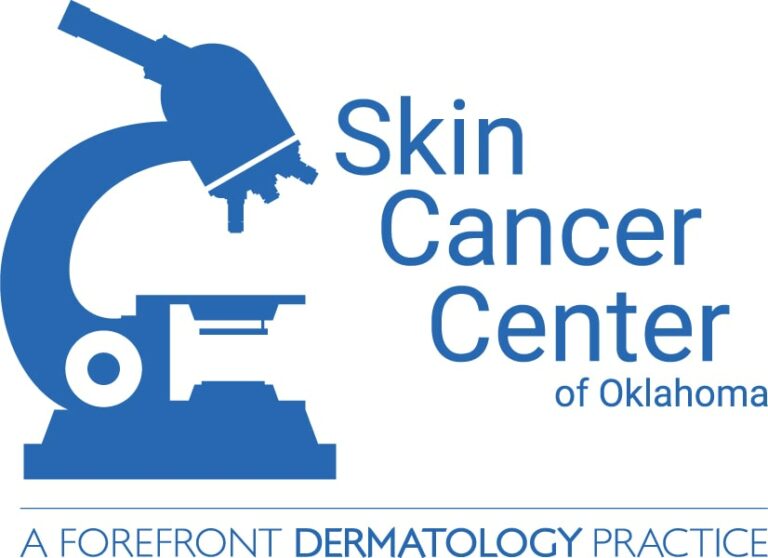Treatments
Evaluations and Screenings
- Evaluations of Skin Growths: We will examine skin growths and treat them if needed or requested.
- Screenings: If requested we will do a full body exam looking for suspicious growths.
Biopsies
- Biopsies: This means taking a sample of a skin growth for microscopic examination. This is done with local anesthetic which numbs the area and afterwards you won’t feel a thing. The biopsy is performed quickly and easily at the time of the office visit so that you will not have to make another trip to the clinic.
Skin Cancer Treatments
Mohs Micrographic Surgery
Mohs is a special surgery done on some aggressive basal cell and squamous cell carcinomas. Named for Dr. Frederick Mohs who described the procedure, this technique is special in that the cancer can be removed in the office and evaluated in our on-site lab on the same day.
This allows us to check the edges and ensure that the cancer has been removed completely without taking excess skin and has up to a 98% cure rate.
The cancer is removed in thin layers and processed in the on-site lab. Here the tissue is frozen, marked, mapped, stained, and mounted on microscope slides. If the margins are clear of cancer, then the surgery is over. If not, the surgeon can follow the map and continue to remove tiny layers of cancer until the slides are clear. This enables us to remove cancer tissues while leaving the normal skin, producing excellent cosmetic results and the smallest possible scars.
Mohs has a cure rate of up to 98%.
Radiation Therapy
Radiation therapy is an effective alternative to surgery for certain skin cancers. The treatments are painless and the results are often cosmetically superior to surgical treatment. These treatments are a great nonsurgical option in delicate areas, such as the central face, nose, ears, lips and hands. Side effects are minimal and include occasional mild local irritation at the treatment site.
Our Skin Cancer Center provides more radiation therapy for skin cancers than anyone in the state of Oklahoma.
- Our radiation staff has more than 50 years of combined radiation therapy experience.
- Two convenient locations
- All of our radiation centers are wheelchair accessible with equipment located close to the entrances for easy access.
- Most visits are under 15 minutes, treatments are simple, painless and cosmetically excellent.
Our Skin Cancer Center provides more radiation therapy for skin cancers than anyone in the state of Oklahoma.
Excision
Under local anesthesia, your dermatologist removes the visible cancerous tumor along with a surrounding border of presumably normal looking skin as a safety margin. The skin around the surgical site is then closed with stitches and the tissue is sent to a lab to determine whether all cancerous cells have been removed.
Curettage and Electrodessication
Shallow carcinomas can be locally anesthetized and then treated with curettage and electrocautery. This technique scrapes and burns the top layers and is a simple treatment for less aggressive carcinomas and only takes a few minutes.
Melanoma Surgery
Depending on the thickness of the melanoma as determined under the microscope, the area is surgically excised with a measured safety margin. Thicker melanomas may require more including sentinal node biopsy done in the hospital with a surgeon.
Topical Chemotherapy
Chemotherapy is the use of medications to kill cancer cells. For cancers limited to the top layer of skin, creams or lotions containing anti-cancer agents may be applied directly to the skin. Commonly utilized topical chemotherapies include 5-fluorouracil, and ingenol mebutate. Systemic chemotherapy can be used to treat skin cancers that have spread to other parts of the body.
Cryotherapy
This treatment uses liquid nitrogen to freeze-kill rough spots. This includes warts, precancers, or other non-cancerous growths of the skin. Generally the area will blister, scab and then peel off in one to two weeks. The freezing gives a burning or stinging sensation. Sometimes the area heals with a light colored spot where the liquid nitrogen was applied.


